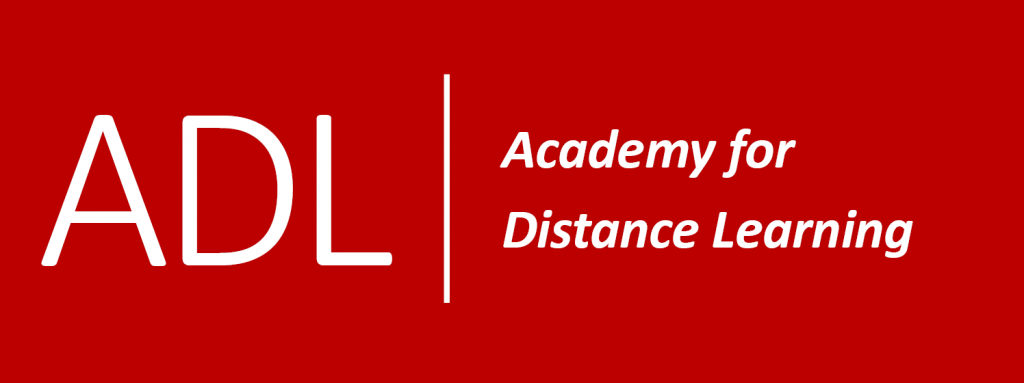
But we’re an Academy, and what sort of Academy would we be if we didn’t see an opportunity to educate the public and grab it with both hands? Well we’d be a school probably. Regardless, here’s a quick guide for all your picture-inclusive folk to ponder over the next time you want to send us an image with the assignments for your online course.
What is an image format?
An image format is a way of storing digital images. You might notice a few extra letters at the end of your picture filenames, such as .gif or .bmp, which describe the file in question. They’re a bit like a box in that they contain things and the key is to use the right box to contain the right object. Sure you can use a bigger box than you need, but it’s wasteful and inefficient. By contrast, using too small a box can distort and damage the image you want to store.
Bitmap
Bitmap is probably the biggest cause of headaches we get when recieving images and files from students. It’s a raster graphics image file format, used most commonly in graphics created using Windows based programmes. While there are entire articles explaining what it is and how it is so called because it is literally a map of bits in a computer, the important thing you as a student need to know is that BITMAP files are big. Really big. They are also inefficient.
That’s why we recommend that you avoid using Bitmaps on your assignments with ADL. Particularily big ones are the root cause of our system refusing to upload files and assignments, because they take the file size over our system limit of 5MB. Instead, use your graphics software to save your images in a more compatible format and then port them into the work.
But what format to use you ask? Read on for the alternatives.
JPEG
Standing for Joint Photographic Experts Group, JPEG is a lossy form of compression that was introduced in 1992 where it has risen to prominence and popularity on the world wide web. It is very good at making images orders of magnitude smaller, but this gain is offset by a drastic loss of quality of the image, resulting in bits of blurriness called “artifacts”. Often, for simpler pictures and small icons, this is not of concern, but if pure size is not a concern and quality is, it’s worth considering something else.
GIF
Originating in the 80’s, GIF was an early image format intended for use over the Internet. Standing for ‘Graphics Interchange Format’ it supports up to 8 bits per pixel and allows for up to 256 colours in any one image. It can also be used to create animations. It’s file sizes are incredibly small, which was a necessity in the dial up age of the world wide web.
Of-course, this 256 colour limit is problematic where photographs and other complex pictures are concerned, meaning that GIFs are only really suitable for simple images that don’t use a lot of different colours, and aren’t at all for reproducing pictures form real life. Great for simple diagrammes that use a lot of the same colour, but if you plan to use photographs, don’t use GIF.
PNG
Created out of a result of patents being held by the developers of the GIF standard in the 90’s, PNG (standing for Portable Network Graphics) was developed to be a possible replacement which has in modern times become one of the most used lossless image compression formats on the Internet. PNG is able to use vastly more colours than GIF’s limited 256 palette, has more transparancy options and has a better rate of compression quality compared to the JPEG standard. This makes PNG format pictures the ideal standard for less precise images submitted for coursework.
TIFF
The Tagged Image File Format standard is a flexible format that offers a great variety of choice in it’s compression methods. It can be lossy, or lossless and it’s quality by standard is amongst the very best. However, it’s large file sizes mean it is not an internet standard. It is, however a photographic standard in the printing business and thus the best choice when utmost quality is required out of an image.
Remember: Quality Only Goes One Way
Before we close, one final word of warning: You can only ever go down the quailty tree when it comes to saving images. You can not save a jpeg image as a TIFF to get a better quality image. Once you choose to compress an image and save it, that’s it. For this reason it’s better to start with a TIFF or raw camera image, if high quality is required, and work down as necessary.



